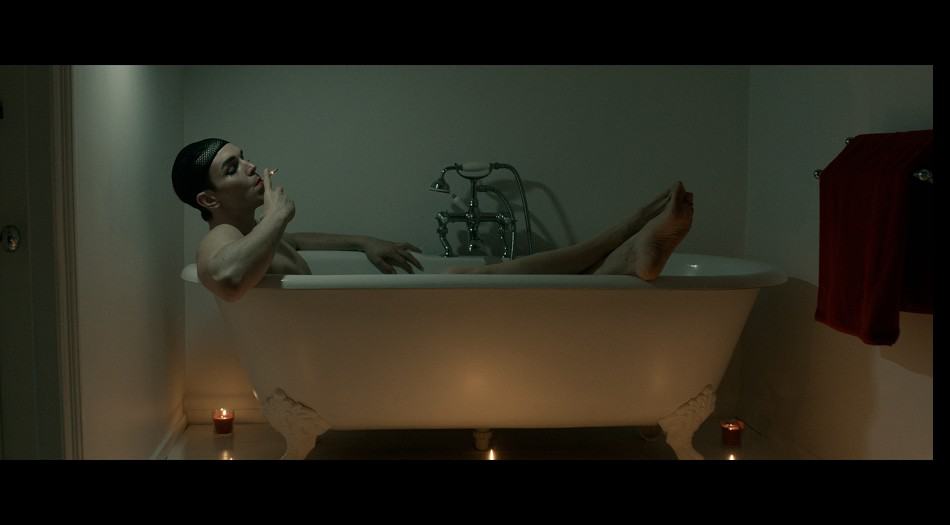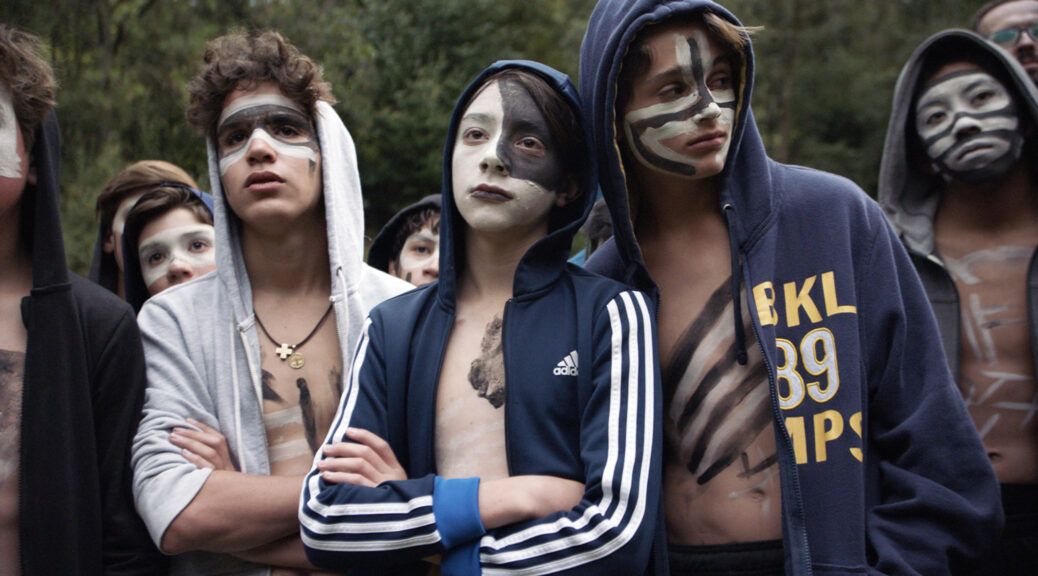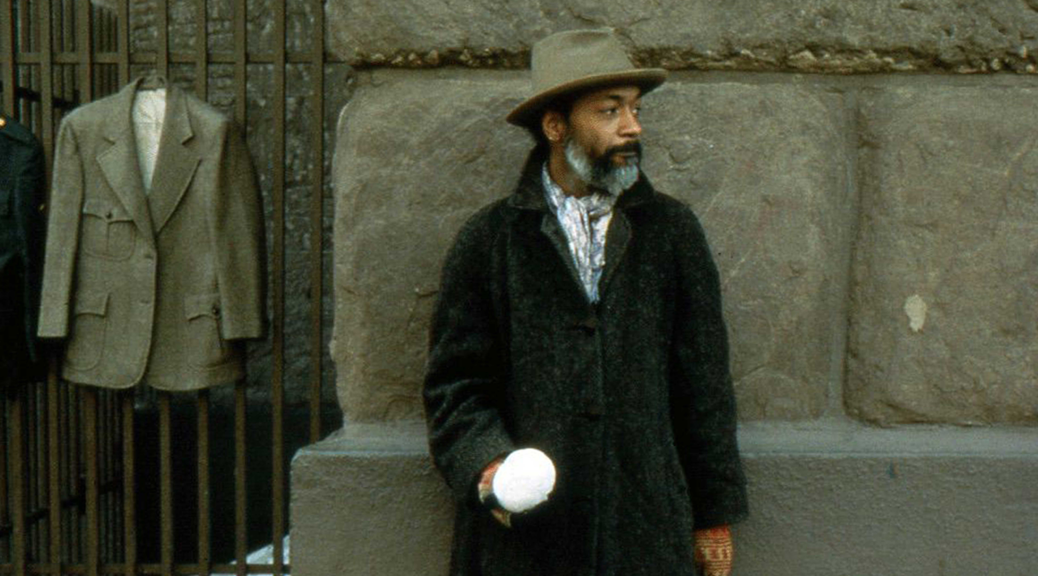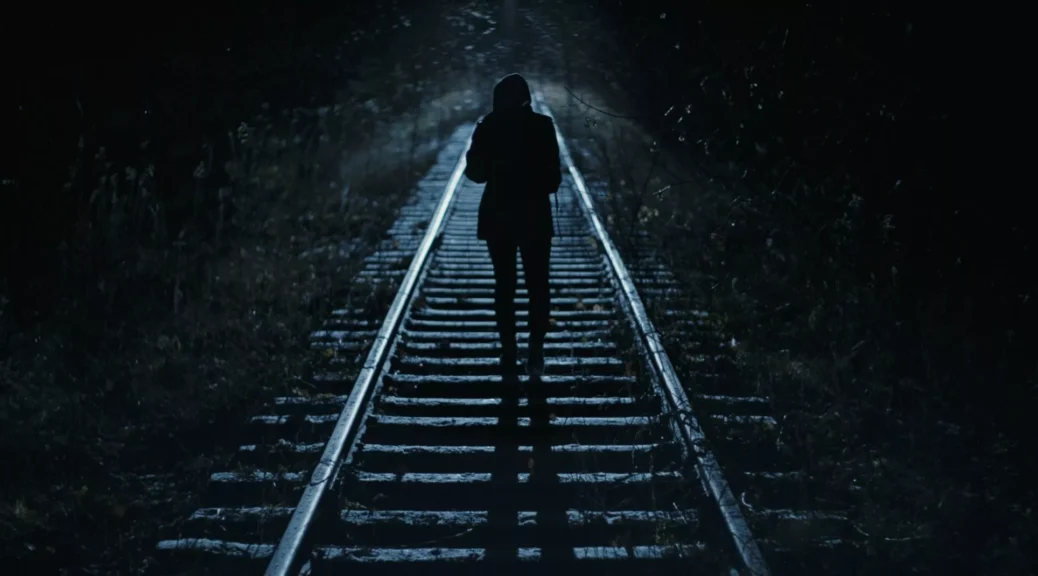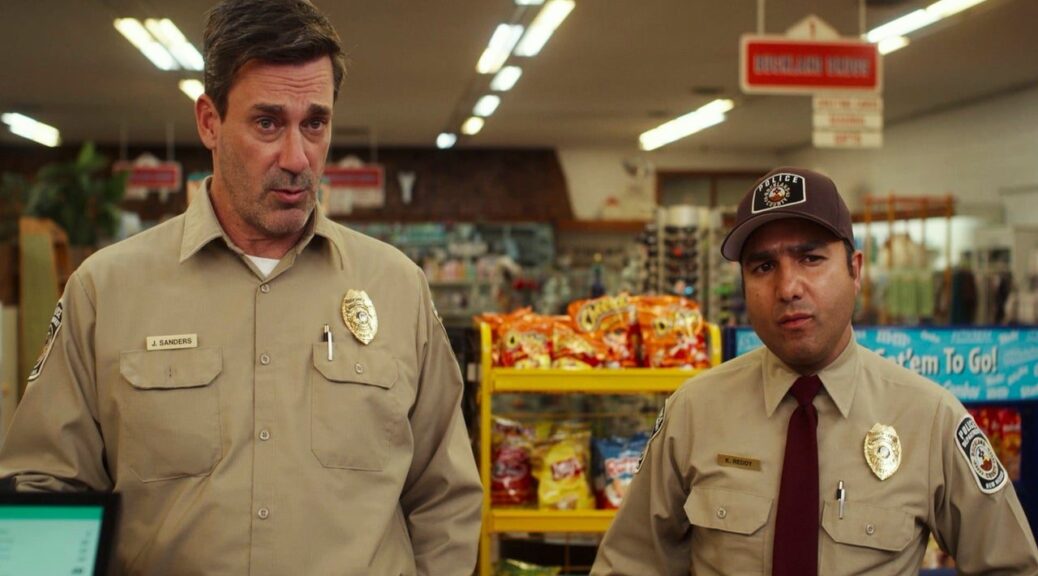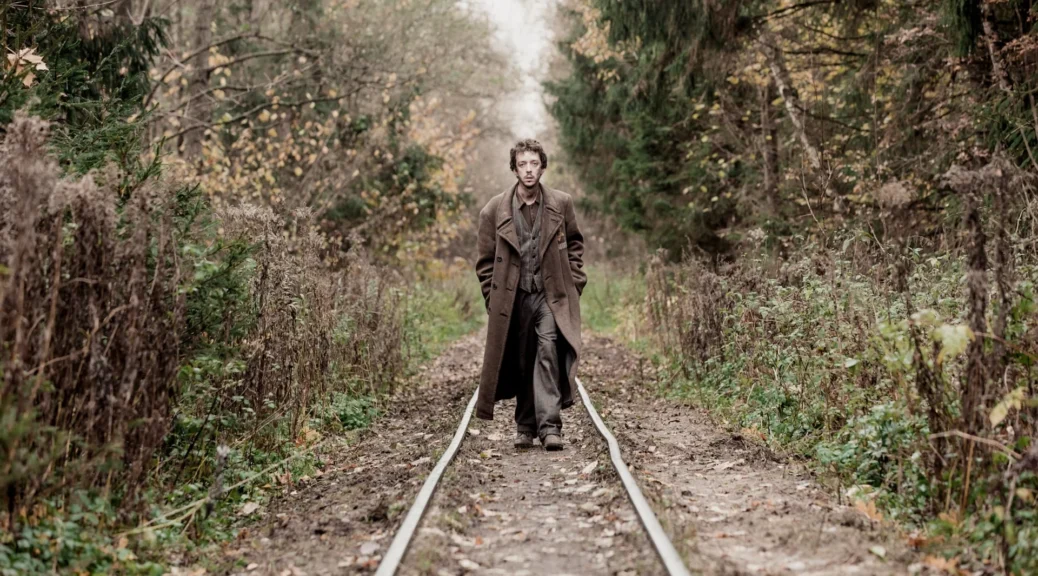Makeup
by Tori Hanes
The financial-turned-emotional bond of two people joined by the matrimony of a shared lease – who couldn’t relate? Following the individual yet interlacing lives of food critic Sasha (Hugo Andre, who also directs) and trans woman at the start of her transition Dan (Will Masheter), Makeup attempts to connect the struggles and secrets under the shared roof.
Makeup is ambitious in its interest. The arguable protagonist, Dan, is a closeted trans woman moving through a world laden with toxic masculinity, which she outwardly embraced and embodied. Dan’s identity is found out, but neither explored nor accepted, leading to prickling social pain points. However, Makeup fails to fully dig into the meaning of these moments.
After being outed and then fired, for example, Dan’s grieving is stripped to a few moments of heavy breathing accompanied by a shaky camera. This seems to be the pattern: the ball is tossed and volleyed, waiting to be spiked into true emotion, but we never quite see that deeper understanding. While Masheter delivers a multifaceted performance, he never gets the opportunity to show us Dan’s longing.
The film is, for all intents and purposes, Dan’s. Sasha often seems to be a secondary thought, necessary for moving Dan’s larger beats. But as we steer into the meat, it becomes obvious Sasha and Dan’s relationship is supposed to be the major thread; the veins leading to the film’s heart.
But the unevenness makes itself apparent: one character struggles in a world created by bigotry while the other has an unnamed ailment affecting his hand. Andre’s performance implies something more interesting and important lies just out of view. Unfortunately, it stays out of sight indefinitely, leading to an unbalanced chemistry and soul.
Representation is an ever-important conversation spanning media, and films highlighting trans women aid in this continued journey. However, while its heart is in the right place, Makeup’s story winds up short despite its best effort.
